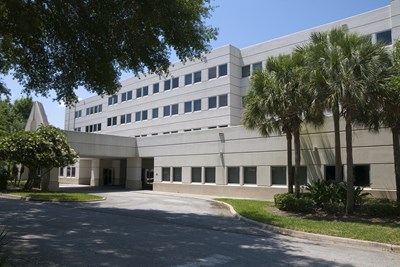PTSD, or post-traumatic stress disorder, is a mental health condition that is caused by witnessing or experiencing a terrifying or traumatic event. About 70% of adults in the United States have experienced a traumatic event at some point in their lives, and roughly 20% of those will go on to develop PTSD. At any given time, roughly 24.4 million Americans are suffering from PTSD, and women are twice as likely to develop the condition than men.
PTSD Symptoms
The symptoms of PTSD can begin as soon as three months after the inciting event. However, symptoms may not begin to appear until several years after. There are four main types of symptoms that are associated with post-traumatic stress disorder:
- Intrusive memories: This could include recurrent, distressing memories of the traumatic event, flashbacks that cause you to feel as if you are reliving the event, distressing dreams about the event, and severe emotional or physical reactions to anything that reminds you of the event.
- Avoidance: Avoidance could mean avoiding talking or thinking about the event as much as possible, or it could mean avoiding places, activities, and even people who you associate with the event.
- Negative changes in mood and thinking: This set of symptoms includes negative feelings towards yourself or others, the inability to experience positive emotions, feeling “numb,” losing interest in activities or hobbies that you once enjoyed, feeling hopeless about your future, having memory problems about the traumatic event, and having difficulties maintaining close relationships.
- Changes in emotional reactions: These types of symptoms are also called arousal symptoms. They can include being irritable, having angry outbursts, exhibiting aggressive behavior, being on guard for danger at all times, feeling overwhelming shame or guilt, having trouble concentrating, having trouble sleeping, being easily startled, and exhibiting self-destructive behavior.
PTSD Causes
Post-traumatic stress disorder is the result of witnessing, experiencing, or sometimes even just learning about a traumatic event. The event usually involves death, serious injury, or sexual violation. While two people can go through the same traumatic experience, one may develop PTSD while the other one doesn’t. The reason for this is that some people are at an increased risk for developing PTSD because of inherited mental health risks, the amount and severity of trauma that has been experienced since childhood, inherited aspects of your personality and temperament, and the way your brain responds to stress in general.
PTSD Diagnosis
PTSD is usually diagnosed by thorough psychological evaluation after you have experienced, witnessed, or learned about a traumatic event. The mental health care provider will ask you questions to determine your symptoms and to see if they match up with the DSM criteria for diagnosing PTSD.
PTSD Treatments
Once you are diagnosed, treatment for post-traumatic stress disorder will usually focus on a combination of psychotherapy and medications. There are several different types of psychotherapy, including cognitive therapy, exposure therapy, group therapy, and eye movement desensitization and reprocessing (EMDR). These types of therapies are designed to help you gain control over your lasting fear of a traumatic event. Your doctor will help you decide which therapy will work best for your specific needs.
Medications may also help to manage your symptoms. Commonly prescribed medications for PTSD include antidepressants, anti-anxiety medications, and prazosin, which helps with insomnia and nightmares.



